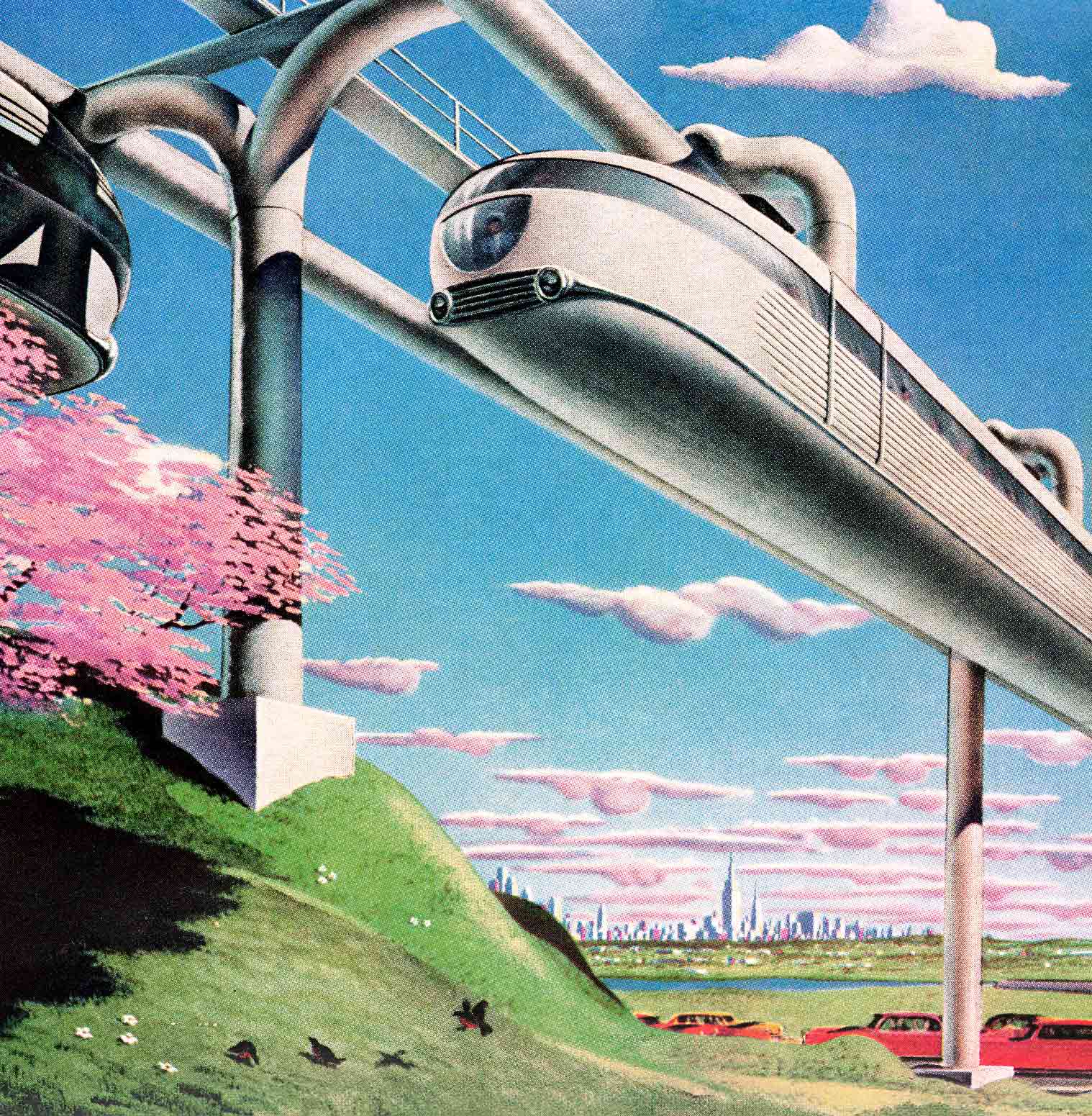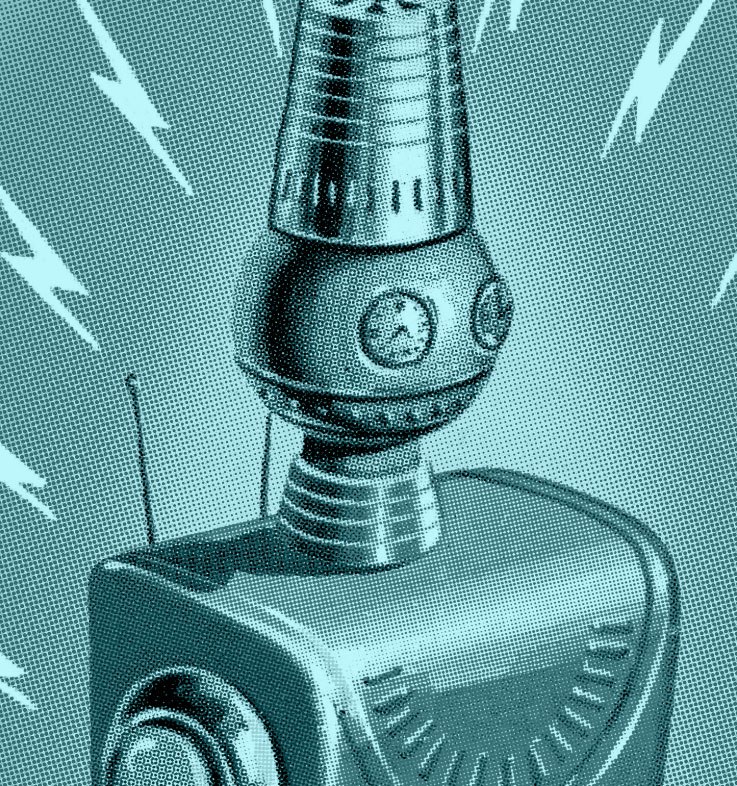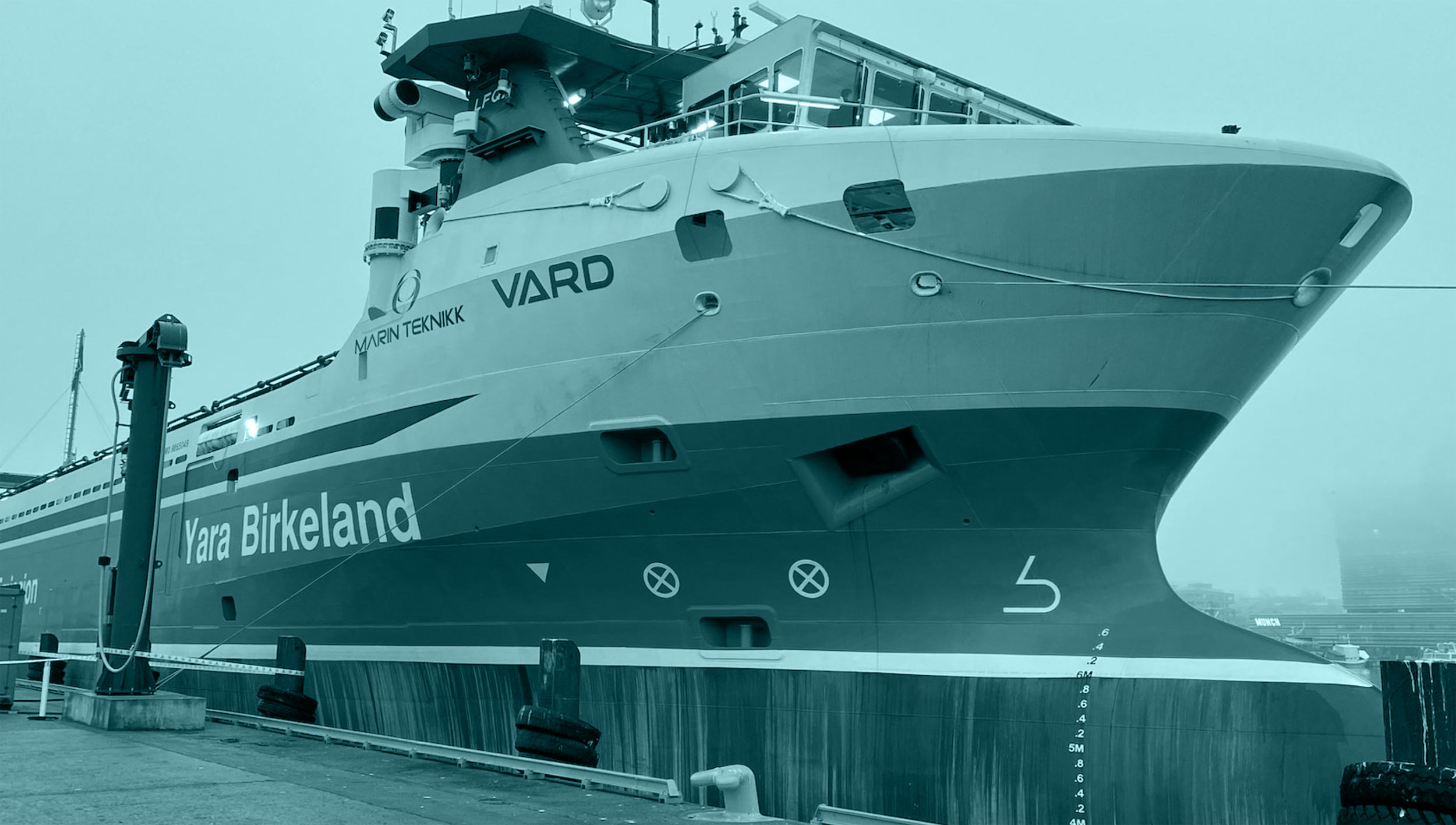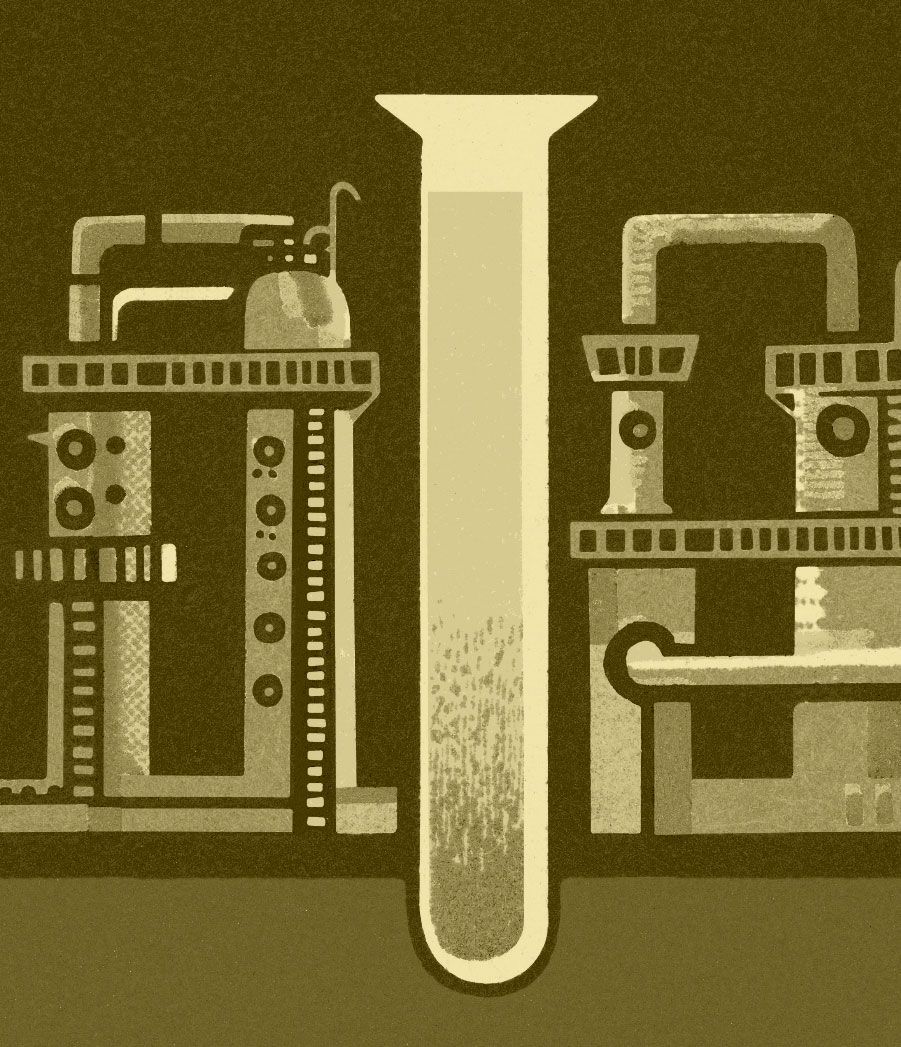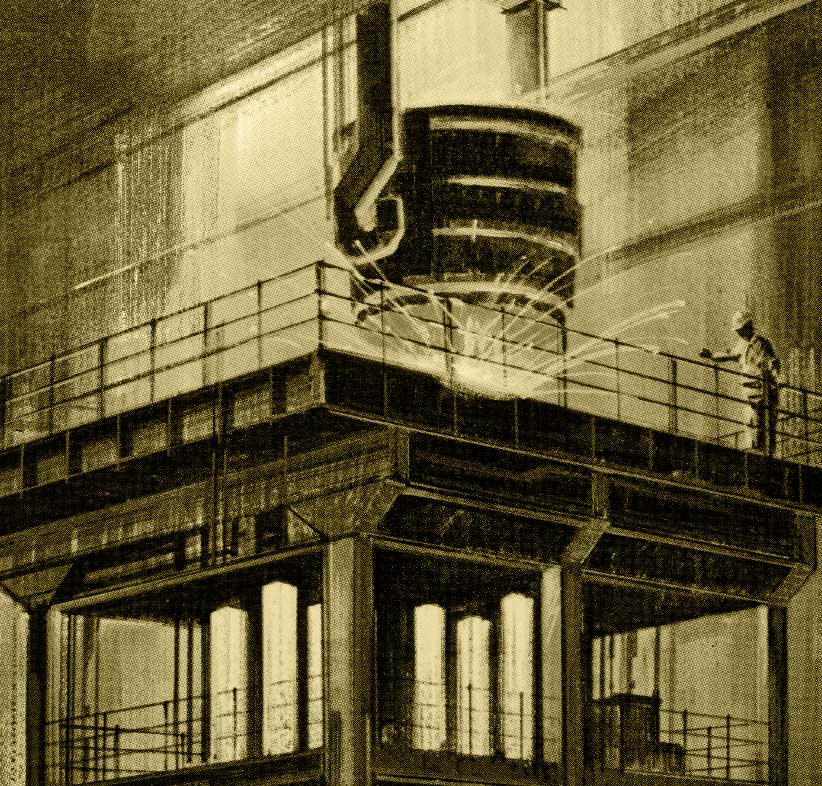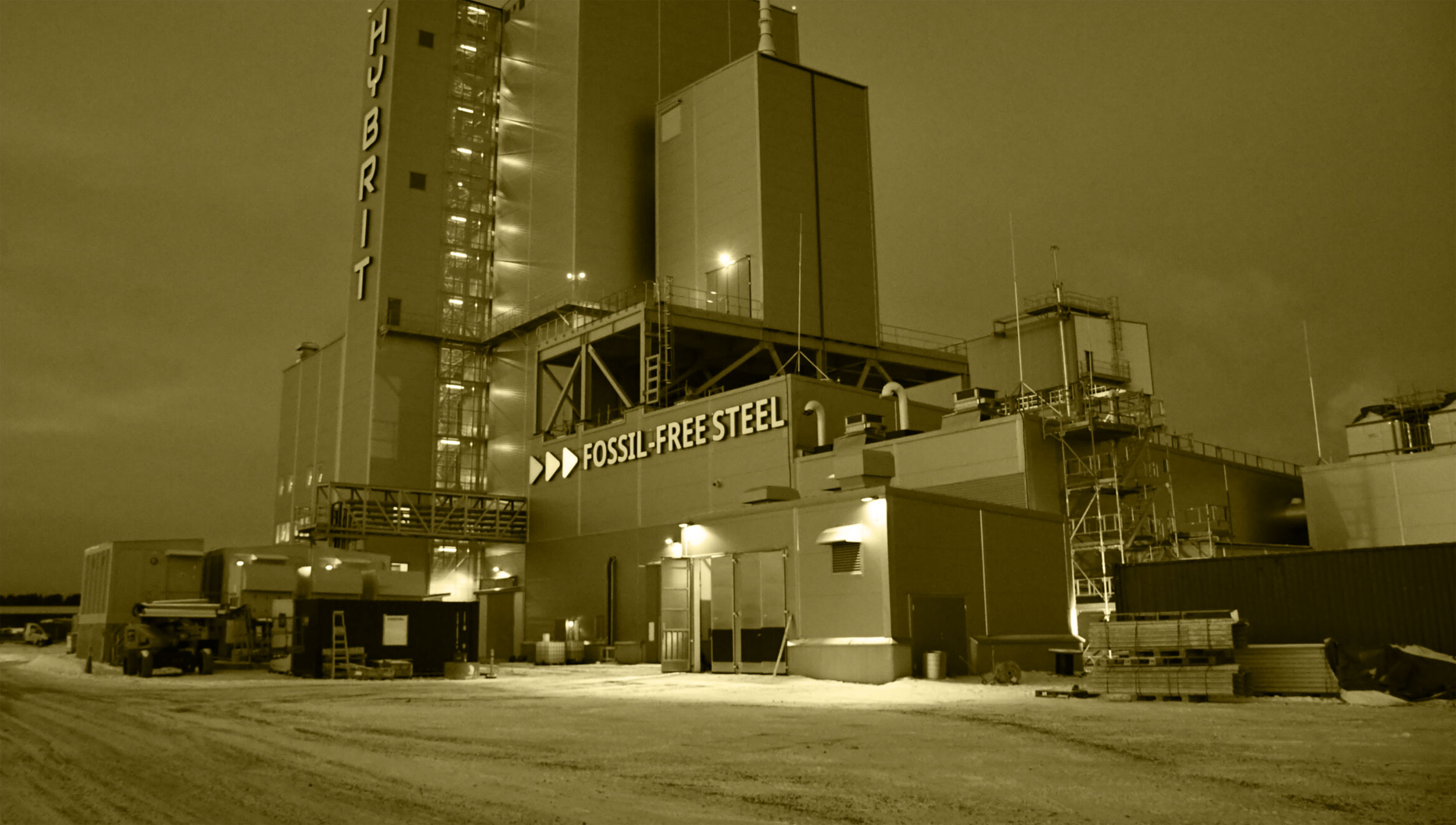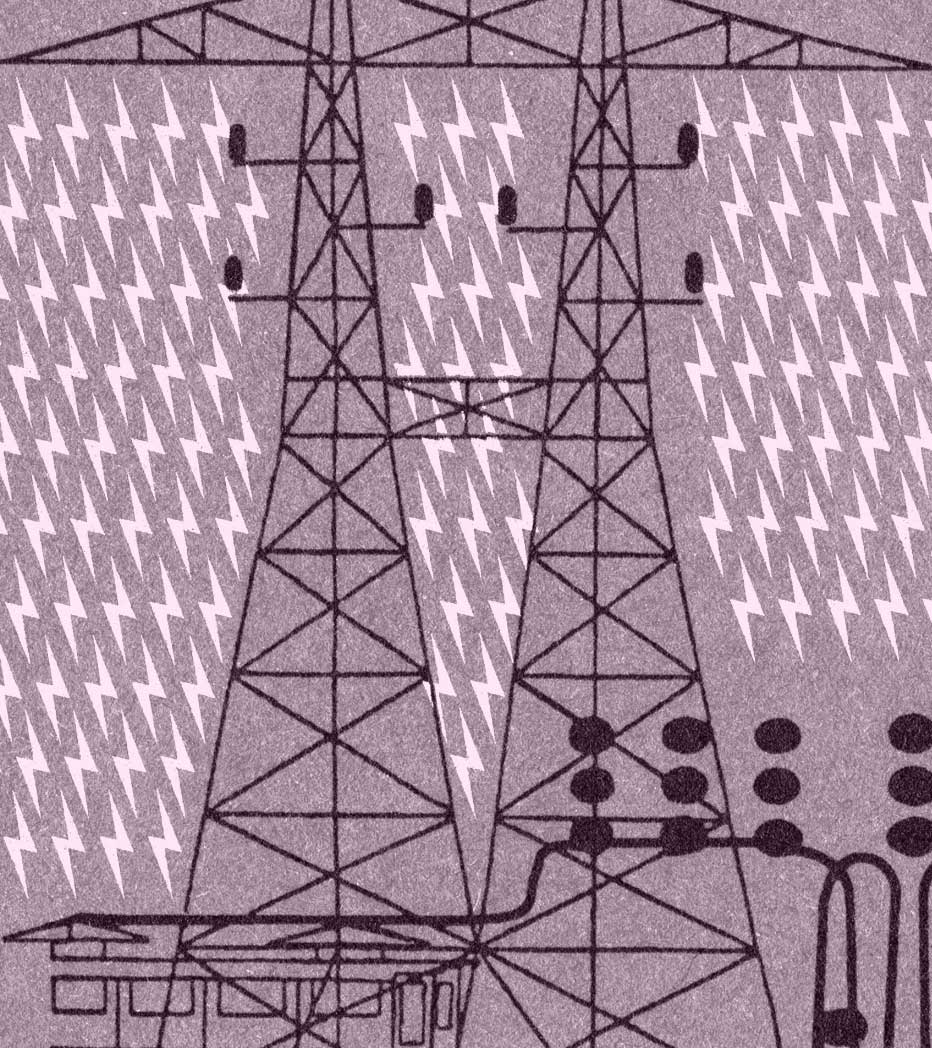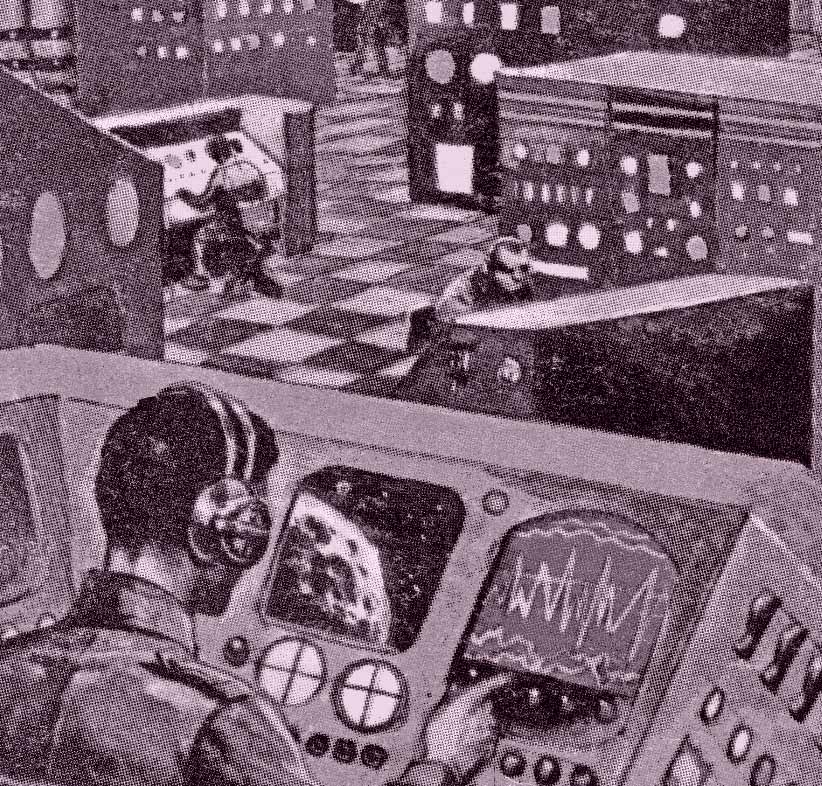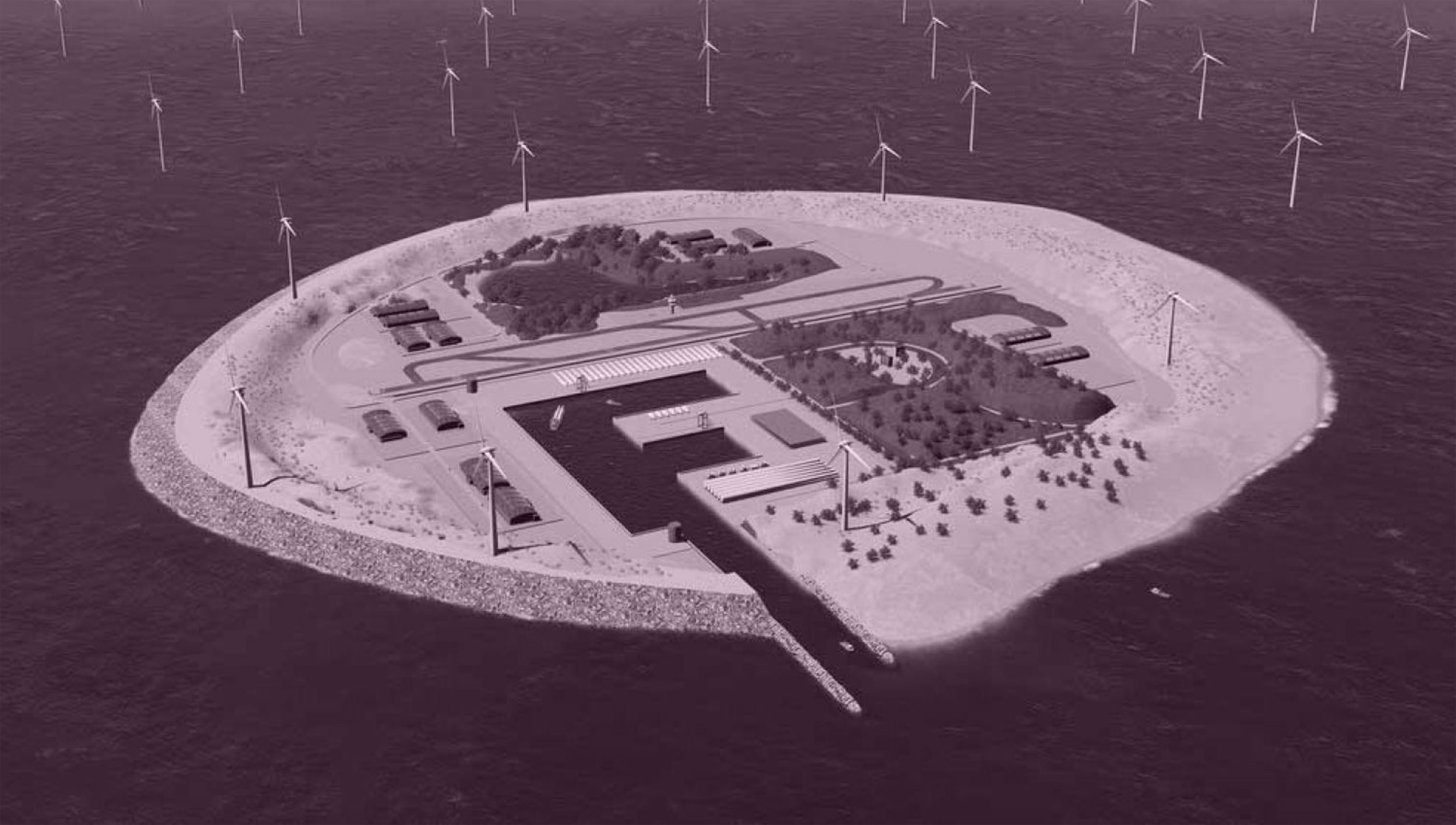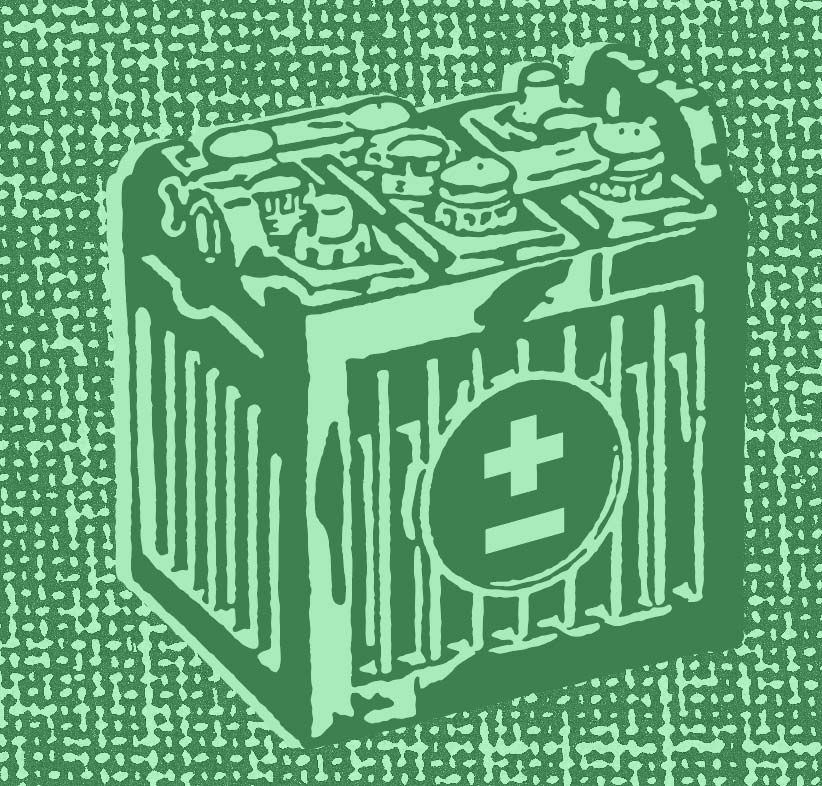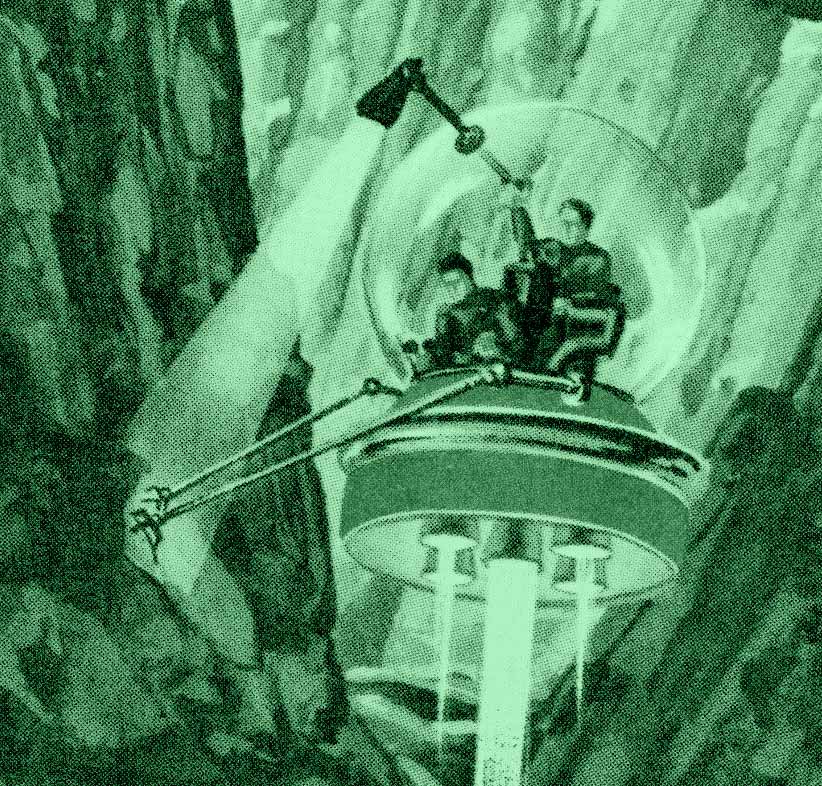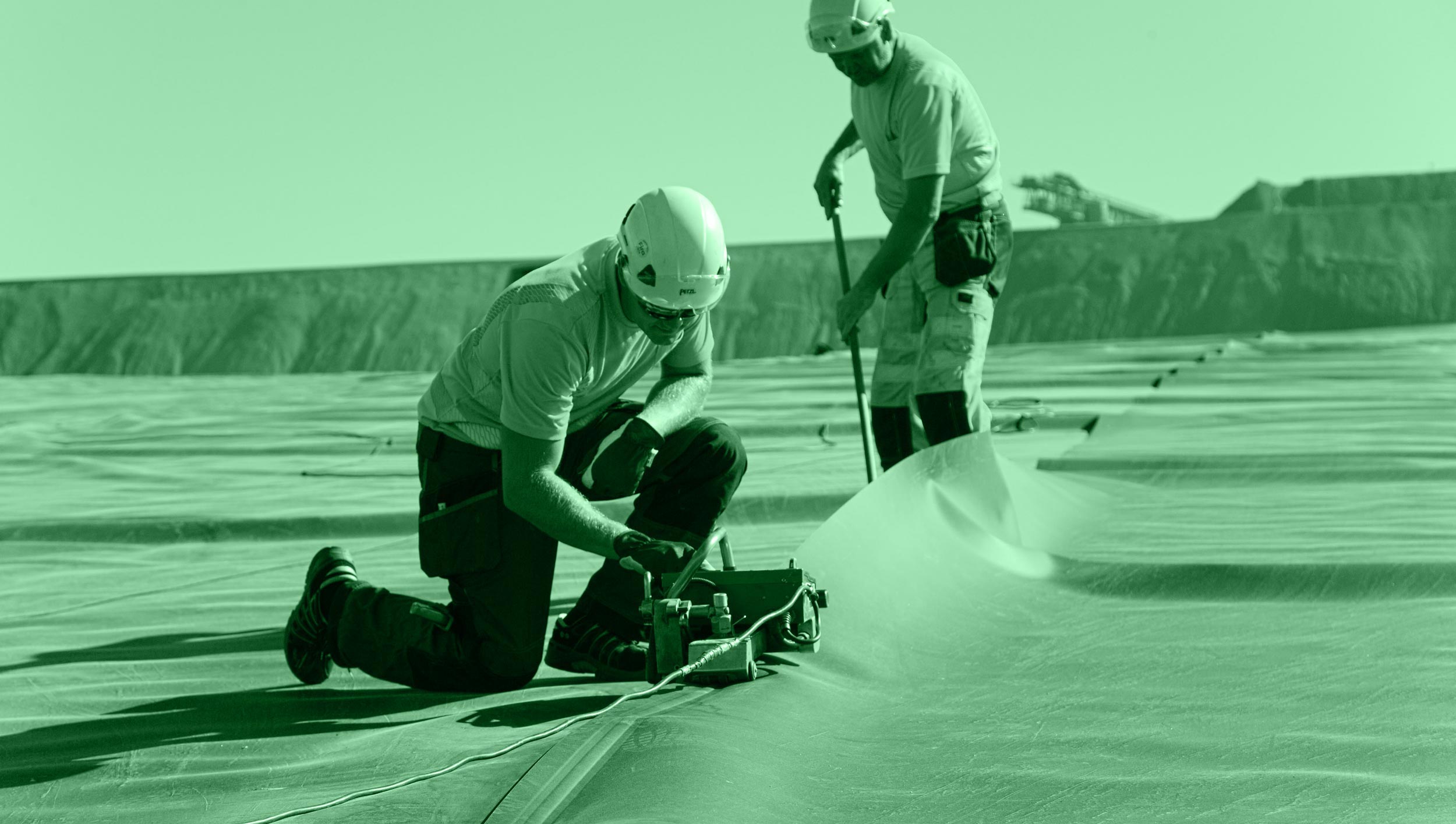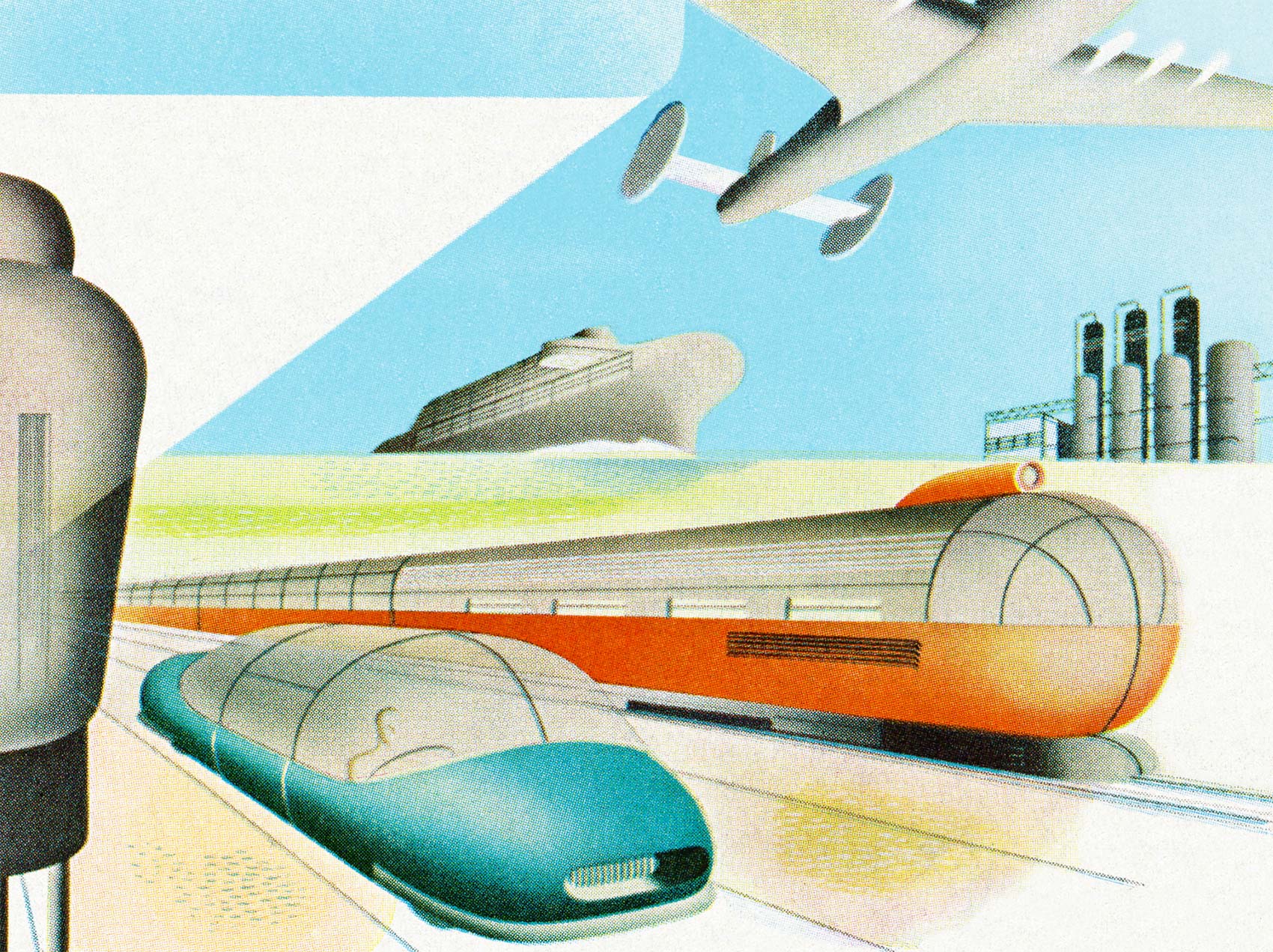Nordic societies are leaders at the technological frontier.
Through state-owned organizations, as well as the broader public sector, they disprove the belief that governments stifle innovation. Moreover, Nordic governments show how to use new technologies to solve the biggest social and environmental problems while ensuring the disruptions and gains of innovation are distributed fairly.

The Nordic experience with technology differs vastly from that of the United States.
For all its world-leading firms and universities, the US has often failed to convert its innovation into meaningful improvements in Americans’ lives. Compared to the Nordics, as well as several other countries in Europe and Asia, US economic growth per hour worked has been mediocre over the last several decades. Most of that growth has flowed to the rich, limiting the country’s ability to improve rates for life expectancy, child and maternal mortality, suicide, depression, and poverty—all metrics where the US fares poorly against its peers. Meanwhile the US has continued to struggle to use its technological might to prevent climate change, relying on a dirty grid and making inferior progress in green energy over the past 50 years.
How the Nordics and the US approach innovation raises important questions about the relationship between technology and the social good. What’s the best way for the state to boost innovation? How can it guide innovation toward socially useful purposes and away from harmful ones? How can we prevent innovation from creating a set of winners and losers that widen inequality and cause long-lasting damage to households and entire communities? And is there an inherent tension in achieving all of these goals?

Behind Nordic innovation and shared prosperity is the distinct bundle of institutions that define the region’s model:
Universal and robust welfare for citizens, widespread and powerful labor unions and collectively bargained contracts, and big roles for the public sector and state-owned firms under responsive democratic governments.
Critics of the Nordic model argue that these countries freeride off US technological innovation and distribute the benefits to their citizens. The problem with this critique is that the Nordics compare favorably, and often surpass other wealthy nations, in measurements of “inventiveness.” The Global Innovation Index ranked Sweden 2nd best in the world in 2021, with Finland, Denmark, Iceland, and Norway ranking 7th, 9th, 17th, and 20th respectively—all in the tier of “performance above expectations for the level of development.” For decades, Nordic countries have had some of the biggest productivity gains in the world, becoming overall some of the world’s most productive, healthiest, and happiest societies. They have some of the cleanest energy grids and high concentrations of electric vehicles.
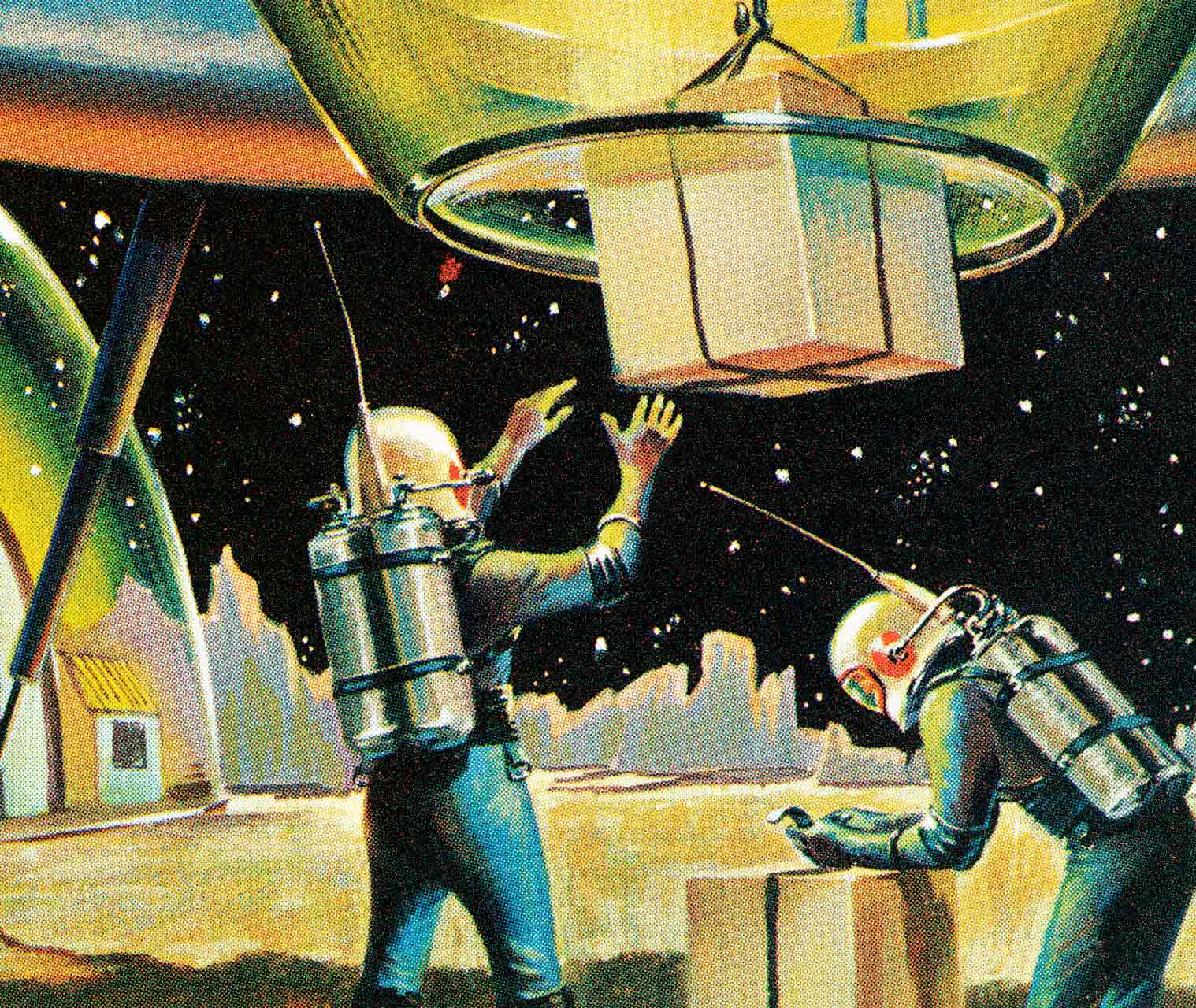
The fact that the Nordics are both egalitarian and innovative is not incidental.
Sectoral bargaining and unions compress wages across the economy, which reduces inequality while also inducing more creative destruction in the economy. By raising wages for the least-paid workers, the least productive firms cannot afford them and die, while the most productive firms receive big profits from lower wages at the top.
Unproductive firms dying off due to the lack of cheap labor could be disruptive to workers employed at such firms, along with their households and communities. But this is where another element of the Nordic model helps: Robust labor market policies. The Nordics spend by far the most on unemployment insurance, job training, and job placement programs, which protect workers from permanent unemployment, and train and move workers from the least to the most productive firms. This entire process causes average wages and productivity to grow.
The Nordic welfare state, in addition to equalizing distribution of income and keeping poverty low, cushions financial hits, which encourages risk-taking and more welcoming attitudes toward technology in the worksite and society (Pew 2020, Eurobarometer 2012, 2015, 2017, 2020).

State ownership is an especially useful and underappreciated social institution in this model.
For production purposes, the state can support and guide innovation throughout the entire process to ensure innovation serves larger social missions. Compared to private actors, the state has unique powers that benefit socially useful innovation: greater tolerance for risk, more patience for rewards, and more ability to coordinate key actors and to force required systemic change. The productive benefits of state-led innovation can even be seen in the US, with DARPA (Defense Advanced Research Projects Agency) in particular playing a critical role in the advancement of microchips, telecommunications, and more. But the state’s role in US innovation is mostly a limited one: financing early research and development while absorbing most of the risks and allowing private firms to convert the innovation for products for the market. By avoiding ownership, the US government is only able to recapture the value it created in the innovation process via taxes. But taxes are worse at capturing value, since private profits can be hidden, moved, or otherwise escape the arm of the state.
Below, I highlight four cases of state-led Nordic innovation. Together, they bust a number of myths about state ownership and the Nordic model.
